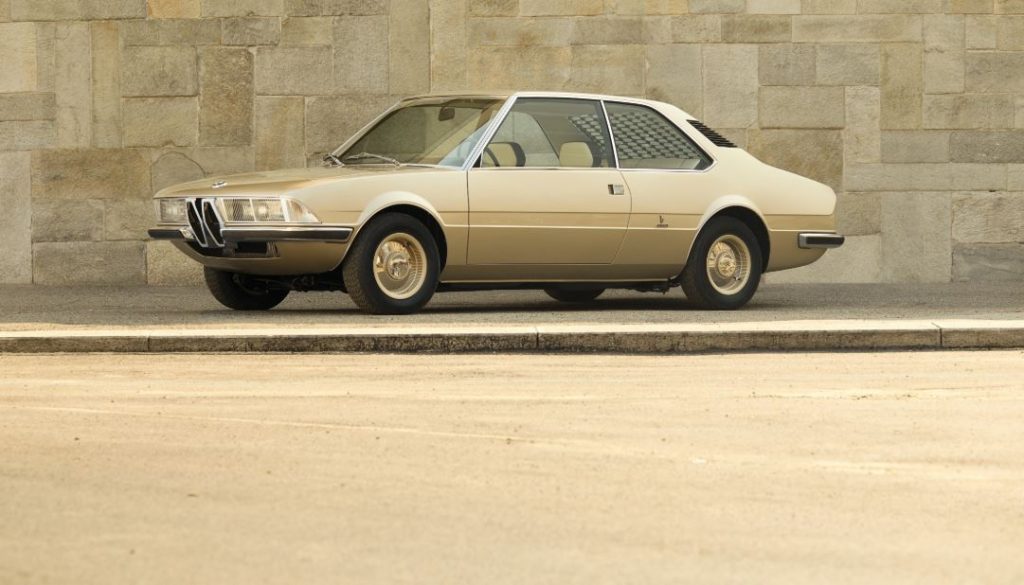
The BMW Group is taking the occasion of 2019’s Concorso d’Eleganza Villa d’Este to unveil the recreation of the BMW Garmisch, a classic concept car that was designed by Marcello Gandini for Bertone and vanished after its debut at the Geneva Motor Show in 1970. With the newly created car, BMW pays respect to one of Italy’s most influential car designers and adds an exciting chapter to the company’s history.

“Marcello Gandini to me is one of the grandmasters of car design and his cars always have been an important source of inspiration for my work”, says Adrian van Hooydonk, Senior Vice President of BMW Group Design, who has been intrigued by the BMW Garmisch since he first discovered a faded period picture of the car some years ago. “Building the BMW Garmisch for a second time gave us the opportunity to pay tribute to Mr. Gandini, recall one of his lesser-known cars and highlight Bertone’s stylistic influence on the evolution of BMW design. For me, that alone was reason enough to do this project – filling in the gaps and completing BMW’s history.”
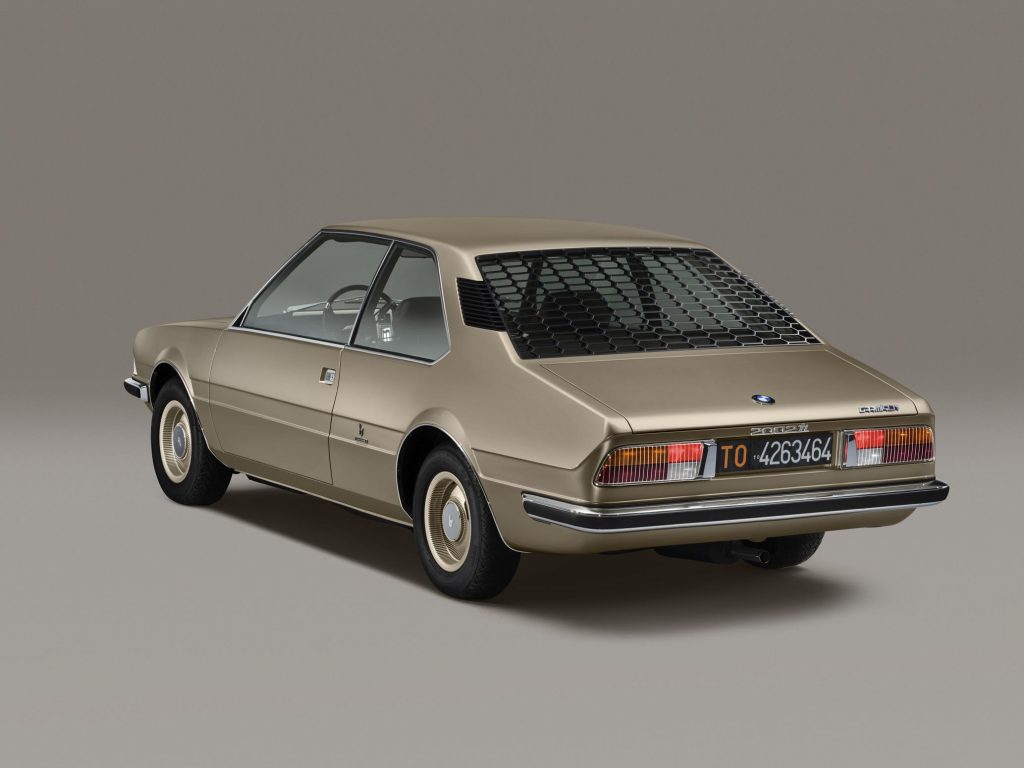
Since the early days of the brand, BMW has been inspired and influenced by Italian design and coachbuilding culture. From the lightweight aluminium BMW 328 Mille Miglia created at Carrozzeria Touring in the late 1930s to the wedge-shaped BMW M1 designed by Giorgetto Giugiaro, there has always been a vital exchange of concepts and ideas across the Alps. And just like many other Italian show cars of the 1960s and 1970s, the original BMW Garmisch was developed by Bertone as an independent design proposal intended to demonstrate the studio’s creativity. “The original idea came from Nuccio Bertone himself who wanted to consolidate our existing relationship with BMW by designing a surprise show car for the Geneva Motor Show”, remembers Marcello Gandini, who was in charge of Bertone’s design department at the time.
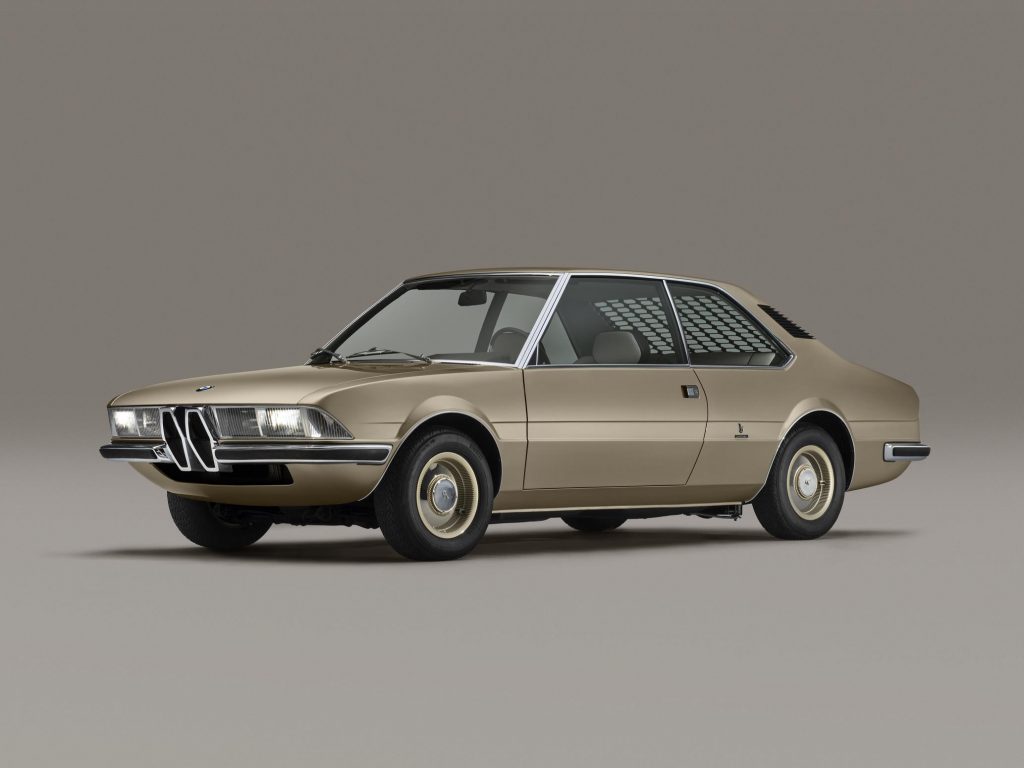
“We wanted to create a modern mid-sized coupe that was faithful to BMW’s design language, but that was also more dynamic and even a bit provocative.” While the side profile of the car was very sleek and clean, the most distinctive design feature of the BMW Garmisch was its bold, vertical and almost angular variation of BMW’s kidney-shaped radiator grill, which was flanked by square glass-covered headlights. Other unusual details included sports car-like louvres on the C-pillars and the honeycomb-patterned mesh cover for the rear window – a trademark element of Marcello Gandini’s style.
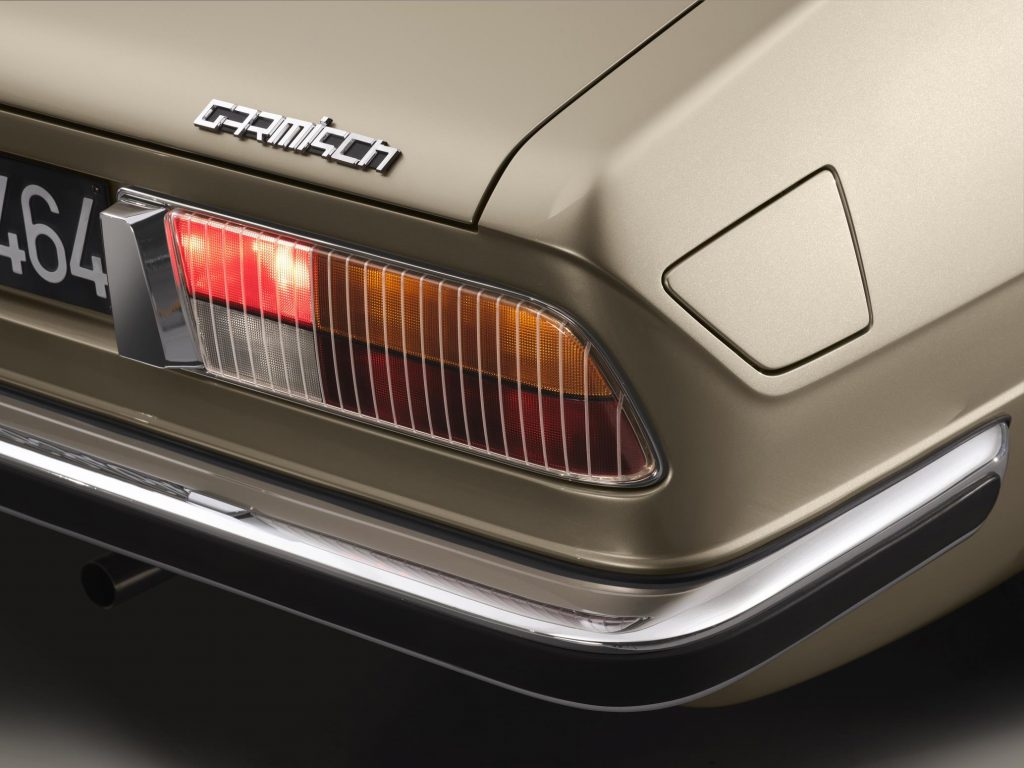
Although the car was created in just a couple of months, the design team did not let the opportunity pass to give the interior their special treatment as well. With its rather unusual vertical radio on the center console, a lavish fold-out mirror for the passenger and a flamboyant mix of colours and materials, the BMW Garmisch added an elegant Piemontese twist to the rather functional interior design habits of the time. According to Marcello Gandini, even the car’s name was chosen to impress: “We picked the name Garmisch because skiing was very popular in Italy at that time. It evoked dreams of winter sports and alpine elegance.”
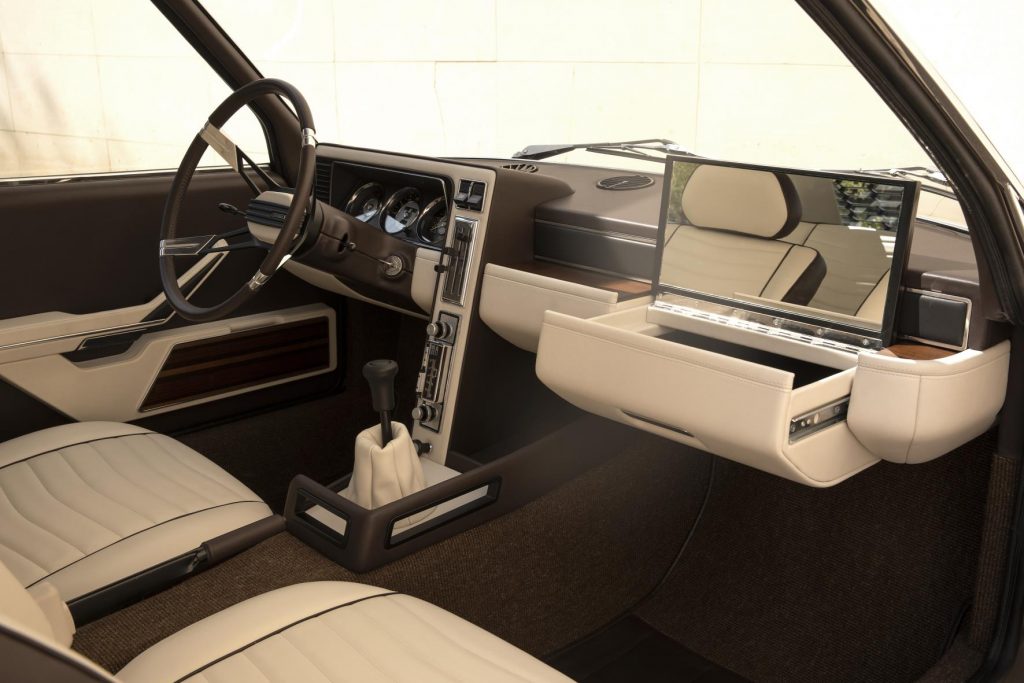
Being faithful to the original car, the new BMW Garmisch is also a stunning showcase of BMW’s expertise in design research and prototype building. As original documents of the BMW Garmisch were sparse, the interdisciplinary team convoked from the BMW Group Design and BMW Classic departments had to retrace every detail of the car’s exterior and interior from a small selection of period images, most of them only available in black and white.
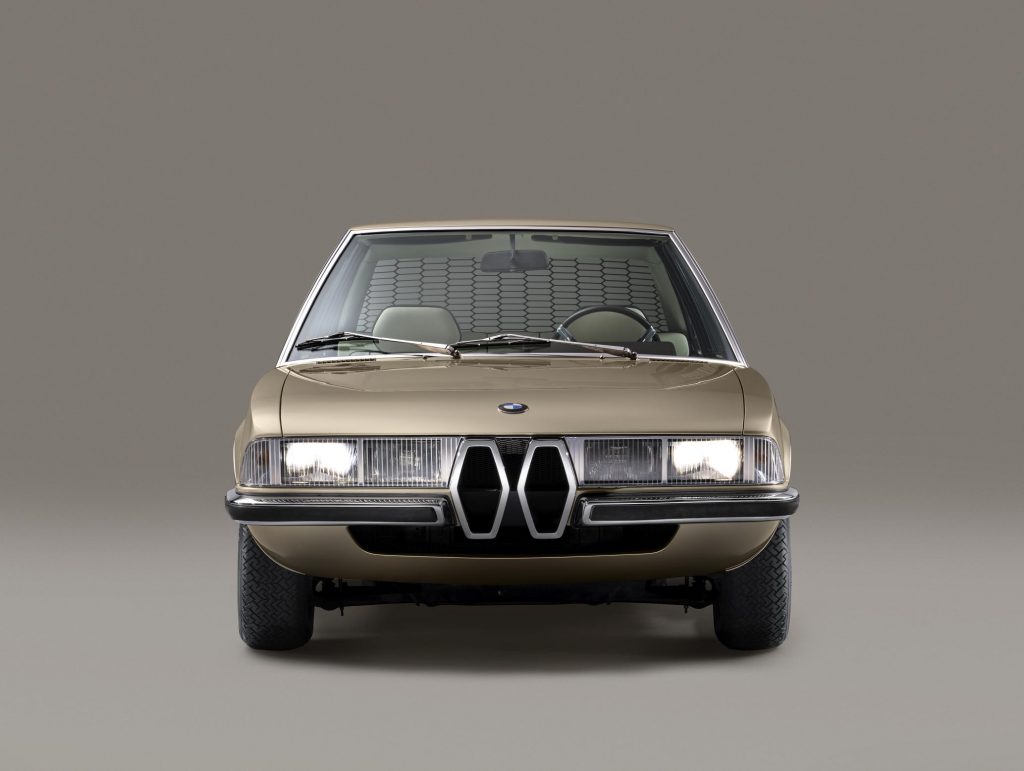
Marcello Gandini himself contributed to the research process with memories from the creation of the car, allowing the design team to refabricate key details such as the exterior colour – a light champagne metallic in line with Italian fashion trends of the time – and the interior materials and trim. And while the BMW Design team used the latest 3D modeling technologies to revive and specify the original structures and shapes, the BMW Garmisch was coach-built by skilled craftsmen in Turin – just like the original car almost 50 years ago.
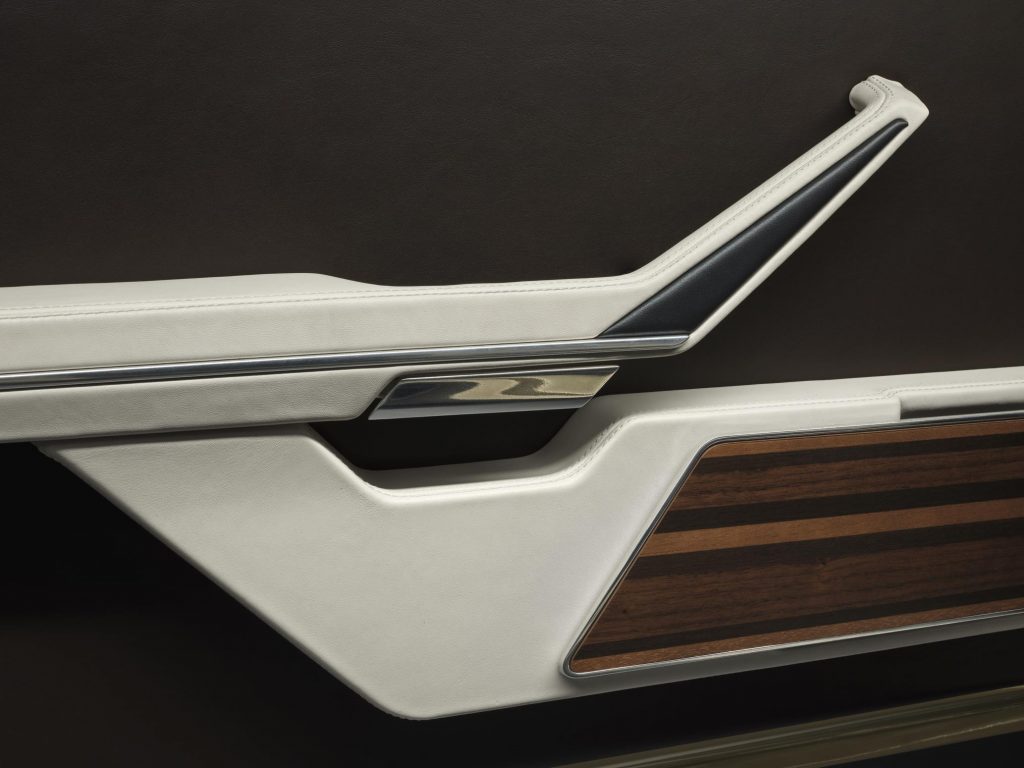
“When I first heard that BMW wanted to recreate the BMW Garmisch, I was a bit surprised”, Marcello Gandini recalls of his first meeting with Adrian van Hooydonk, who visited him in Turin in the summer of 2018 to ask for the his approval. “Now I am very pleased that I was able to be part of this project and happy that BMW chose to recall this enjoyable past. Having seen the final car, it is hard for me to even distinguish it from the original.”
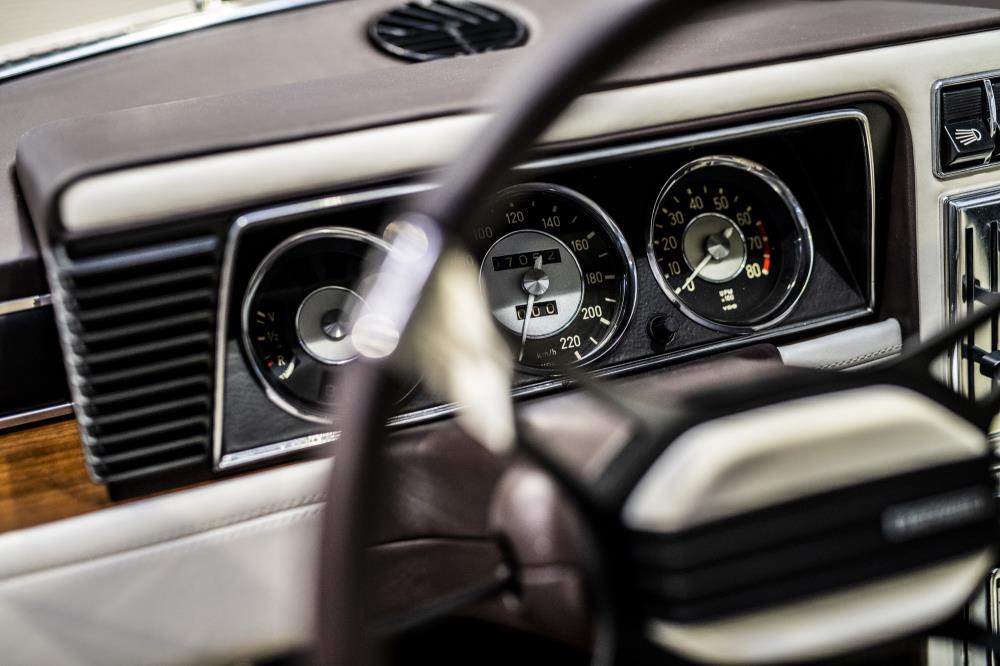
With its clean, reduced design language and precise use of lines and geometrical shapes, the BMW Garmisch is an archetype of the radical new style that was pioneered by Italian studios such as Bertone, Italdesign and Pininfarina in the late 1960s and early 1970s – and that is still an important reference point for car designers today. As an ambassador of avant-garde design thinking, the BMW Garmisch is also meant to inspire contemporary designers to keep on reimagining the shape of the automobile. “At the Concorso d’Eleganza Villa d’Este, we should reflect on the past, but we should also think about where we are going”, says Adrian van Hooydonk. “Marcello Gandini’s designs have always been very clear and very clean, but also very dramatic. This is why I find his work so inspiring. He was always able to create something spectacular using very few design elements. This approach of trying to accomplish a lot with less is quite modern still today.” —

Born in 1938, Marcello Gandini is one of the most influential car designers of the 20th century. During his 14 years as Design Director of the Bertone design studios in Turin, he created some of the most daring and revolutionary automobiles of the era, including wedge-shaped concept cars like the Lancia Stratos Zero or the Alfa Romeo Carabo as well as iconic sports cars like the Lamborghini Miura which are sought-after by collectors and celebrated at concours events worldwide. Besides the BMW Garmisch, Marcello Gandini and his team at Bertone have worked on the BMW Spicup showcar and the first generation of the BMW 5 series, which was created under the lead of BMW’s former head of design Paul Bracq.
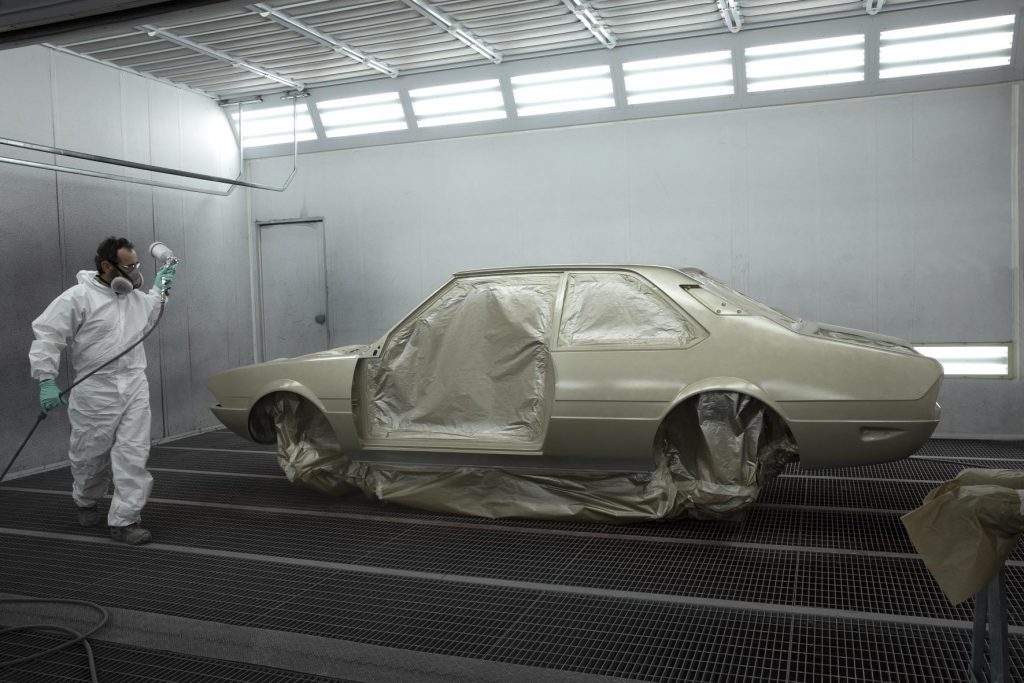

No Responses